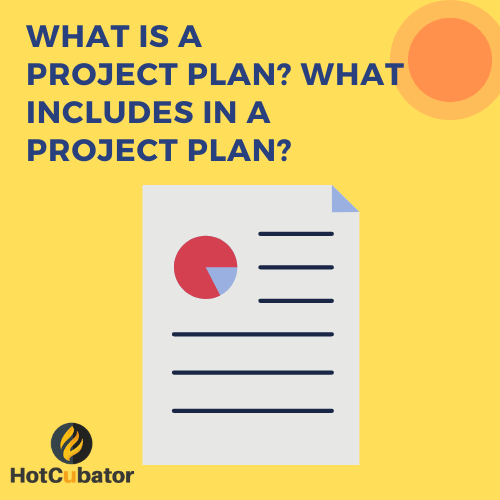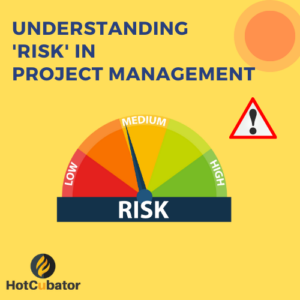
A project plan is a comprehensive document that outlines the objectives, scope, deliverables, timelines, resources, and budget for a specific project. It provides a roadmap for how the project will be executed, monitored, and controlled from start to finish. The project plan acts as a blueprint that guides the project team in achieving the project’s goals and objectives.
Project plan should be prepared before the project begins. Ideally, it should be developed during the project initiation phase, which is the first phase of the project management lifecycle.
During the initiation phase, the project team conducts a feasibility study to determine if the project is viable and aligns with the organization’s strategic goals. Once the project is approved, the project manager can begin developing the project plan.
However, in some cases, a project plan may need to be updated or revised during the project’s execution phase. This may occur if there are changes to the project’s scope, timeline, or budget. In these situations, the project manager should update the project plan and communicate the changes to the project team and stakeholders.
The importance of a project plan can’t be overstated. Here are some reasons why:
- Helps with project management: A project plan provides a clear and structured approach to manage a project. It helps the project manager and team members stay on track and aware of the project’s goals and objectives.
- Improves communication: A project plan helps ensure that all stakeholders are aware of the project’s objectives, timelines, and resources. It improves communication and reduces the chances of misunderstandings and conflicts.
- Sets clear expectations: A well-defined project plan sets clear expectations for the project team, stakeholders, and sponsors. It outlines the scope of work, deliverables, and timelines, ensuring everyone is aware of what is expected of them.
- Facilitates risk management: A project plan enables project managers to identify potential risks and develop strategies to mitigate them. By anticipating problems and risks, project managers can minimize the impact of these issues and keep the project on track.
- Helps with resource management: A project plan helps allocate resources effectively and efficiently, ensuring that the project is completed on time and within budget.
So, a project plan is crucial to the success of any project. It ensures that everyone involved in the project is aware of their roles and responsibilities and the project’s objectives, timelines, and resources. It provides a structured approach to project management, improves communication, sets clear expectations, facilitates risk management, and helps with resource management.
Here are the essential elements that must be included in a Project Plan:
- Project overview: This section provides an introduction to the project, including its objectives, purpose, and scope. It should also include a summary of the stakeholders involved in the project.
- Project goals and objectives: This section outlines the goals and objectives of the project, including the desired outcomes and how success will be measured.
- Project deliverables: This section identifies the specific deliverables that will be produced during the project, such as reports, software, or hardware.
- Project timeline: This section provides a detailed timeline for the project, including the start and end dates for each phase of the project. It should also include milestones and deadlines.
- Resource requirements: This section identifies the resources required to complete the project, including personnel, equipment, materials, and facilities.
- Budget: This section outlines the estimated cost of the project and the resources required to complete it. It should include a breakdown of the costs associated with each phase of the project.
- Risk management plan: This section identifies potential risks and how they will be managed, including contingency plans.
- Communication plan: This section outlines the communication plan for the project, including how stakeholders will be kept informed and how issues will be addressed.
- Change management plan: This section outlines the process for managing changes to the project plan, including how changes will be evaluated, approved, and implemented.
- Project governance: This section outlines the project governance structure, including the roles and responsibilities of the project team, stakeholders, and sponsors.
What happens if there is no project plan:
Without a project plan, there may be confusion about the project’s goals, objectives, timelines, and resource requirements. This can lead to misunderstandings, missed deadlines, and budget overruns.
A project plan provides a structured approach to project management. Without a plan, the project manager may struggle to manage the project effectively, resulting in delays, missed milestones, and poor communication. Project plan identifies potential risks and outlines strategies to mitigate them. Without a plan, risks may not be identified or addressed, leading to issues that could have been avoided.
Another problem will be related to resource allocation and not having a plan can lead to resources to be allocated inefficiently, leading to delays, increased costs, quality issues and dissatisfaction and resistance to the project from the stakeholders.








